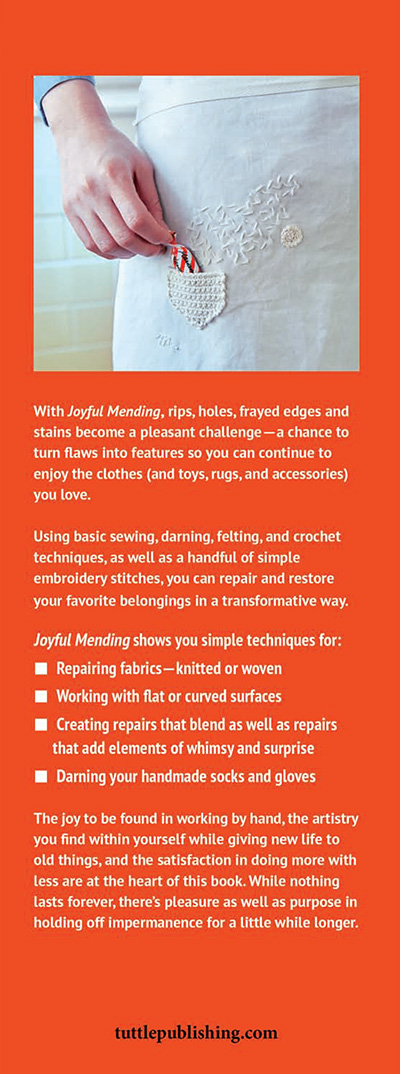
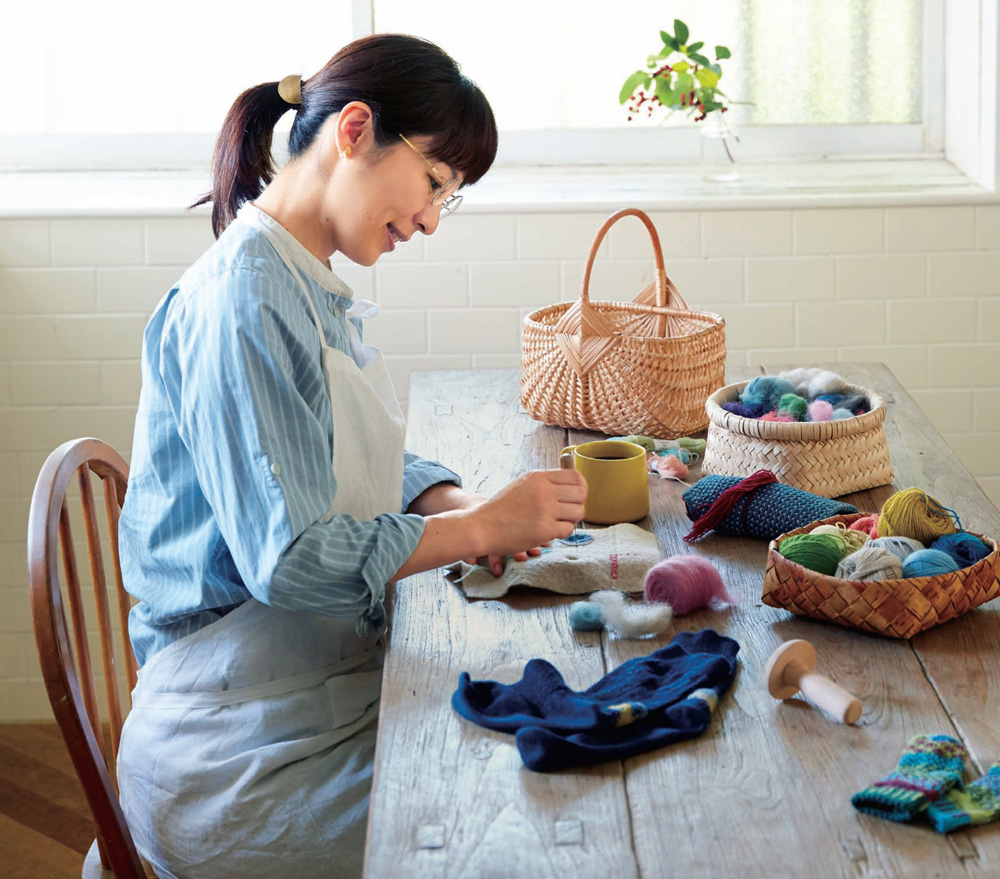 JOYFUL MENDING Visible Repairs for the Perfectly Imperfect Things We Love! Noriko Misumi
JOYFUL MENDING Visible Repairs for the Perfectly Imperfect Things We Love! Noriko Misumi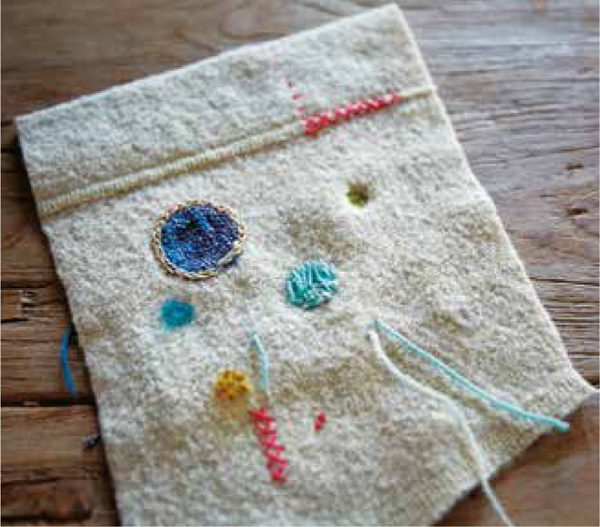
 Mending as a Way of Life Since the release of my first book in Japan, Ive had numerous opportunities to conduct workshops not just in Japan but overseas as well. When it comes to certain special garments or textiles, no matter how tattered or stained they become, theres a deep-rooted sense of attachment that prevents us from tossing them out. Mending allows us to preserve the memories, to extend the life of precious items. For Joyful Mending Ive built upon the experience gained from numerous workshops and have incorporated sewing techniques Ive developed, for your enjoyment. Even if you dont master all of the stitching methods Ive included, by learning just a few of them, and changing up the colors, its possible to create an infinite variety of designs. In fact, even in my workshops, where all the participants are using the same materials and techniques, the results are always as unique and as varied as the individuals.
Mending as a Way of Life Since the release of my first book in Japan, Ive had numerous opportunities to conduct workshops not just in Japan but overseas as well. When it comes to certain special garments or textiles, no matter how tattered or stained they become, theres a deep-rooted sense of attachment that prevents us from tossing them out. Mending allows us to preserve the memories, to extend the life of precious items. For Joyful Mending Ive built upon the experience gained from numerous workshops and have incorporated sewing techniques Ive developed, for your enjoyment. Even if you dont master all of the stitching methods Ive included, by learning just a few of them, and changing up the colors, its possible to create an infinite variety of designs. In fact, even in my workshops, where all the participants are using the same materials and techniques, the results are always as unique and as varied as the individuals.
Im so happy I can wear this again! is a phrase I hear often during my workshops and I feel so honored to teach the skills to breathe life back into treasured items. Equipped with the mending techniques offered in this book, moth holes and stains may very well transform from sources of dismay to fodder for inspiration. Sewing is wonderful that way, and I hope youll continue to experiment with all that you can do with a needle and thread. Noriko Misumi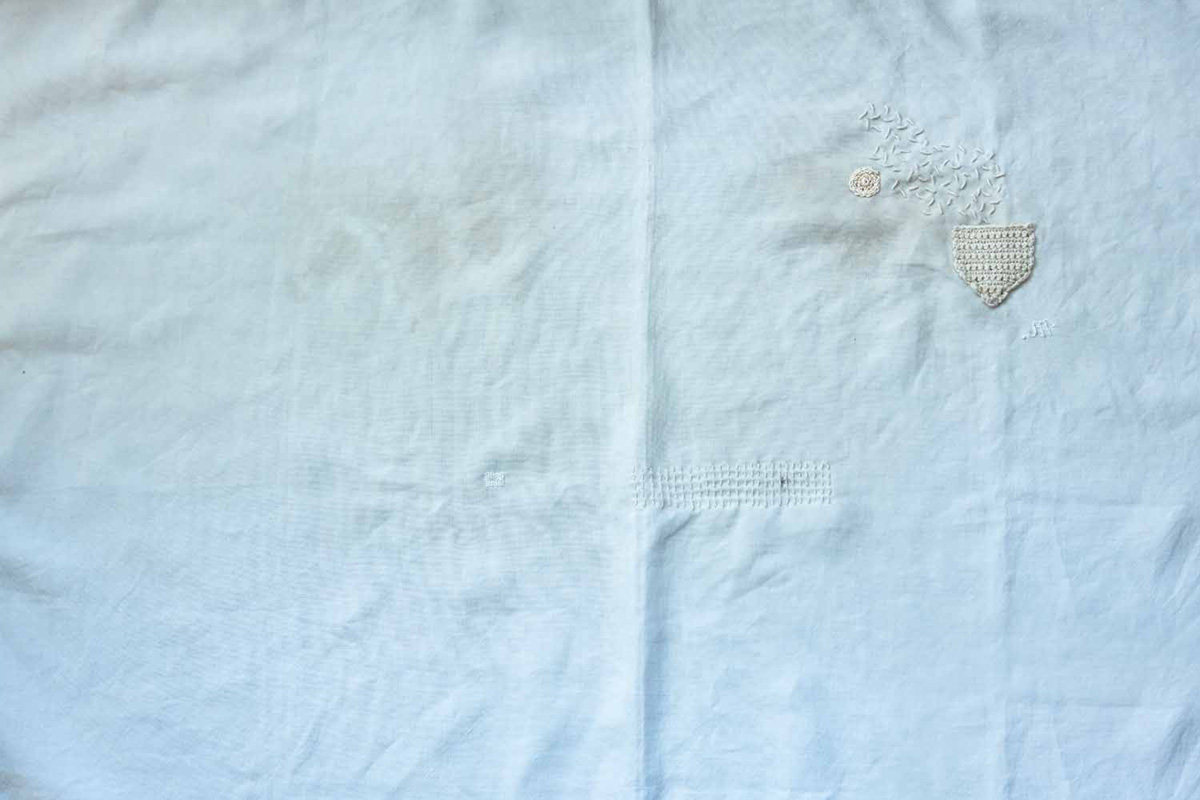 PART 1 My Mending Consultation Booth Lately, my opportunities for dispensing mending advice have increased, so I have been teaching workshops and providing consulting sessions for people to revive beloved items that have seen better days. Whilst sharing supplies and chatting as we work, I have gleaned many ideas myself.
PART 1 My Mending Consultation Booth Lately, my opportunities for dispensing mending advice have increased, so I have been teaching workshops and providing consulting sessions for people to revive beloved items that have seen better days. Whilst sharing supplies and chatting as we work, I have gleaned many ideas myself.  MENDING CONSULTATION To fill the moth-eaten holes in the wool scarf, we used gray roving and a needle puncher.
MENDING CONSULTATION To fill the moth-eaten holes in the wool scarf, we used gray roving and a needle puncher.
Noriko advises that odd numbers create a better balance, so we added just a touch of color at the edge of each felted gray segment. To create balance, we added gray roving in parts of the scarf without holes as well. Embroidery comes to the rescue for frayed and stained areas. We followed the recommendation to use colors that stand out, and were pleasantly surprised by how well they covered the stains.  Advice Seeker: Sumie SuzukiA mother of two, Sumie became an embroidery enthusiast after giving birth to her children. Mending technique used Herringbone Stitch
Advice Seeker: Sumie SuzukiA mother of two, Sumie became an embroidery enthusiast after giving birth to her children. Mending technique used Herringbone Stitch 
 Thread a needle with 2 strands of embroidery floss and cover the stain with cross stitches, straight stitches and triple-knotted French knots. Mending technique used Herringbone Stitch
Thread a needle with 2 strands of embroidery floss and cover the stain with cross stitches, straight stitches and triple-knotted French knots. Mending technique used Herringbone Stitch 
 Thread a needle with 2 strands of embroidery floss and cover the stain with cross stitches, straight stitches and triple-knotted French knots.
Thread a needle with 2 strands of embroidery floss and cover the stain with cross stitches, straight stitches and triple-knotted French knots.
For additional decorative elements, use the eight-knotted French knots. Mending techniques used Cross Stitch  Straight Stitch
Straight Stitch  French Knots
French Knots 
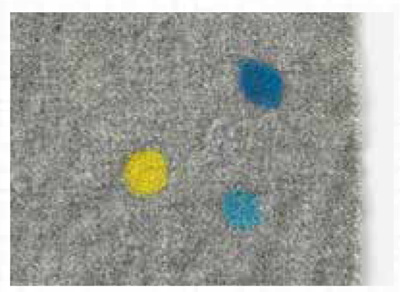 Place a thin layer of wool roving on top of the hole Felt into a circular shape with a needle puncher Gather loose roving from the edges into the center and felt some more. Repeat steps 2 and 3 three or four times. Mending technique used Needle felting
Place a thin layer of wool roving on top of the hole Felt into a circular shape with a needle puncher Gather loose roving from the edges into the center and felt some more. Repeat steps 2 and 3 three or four times. Mending technique used Needle felting 
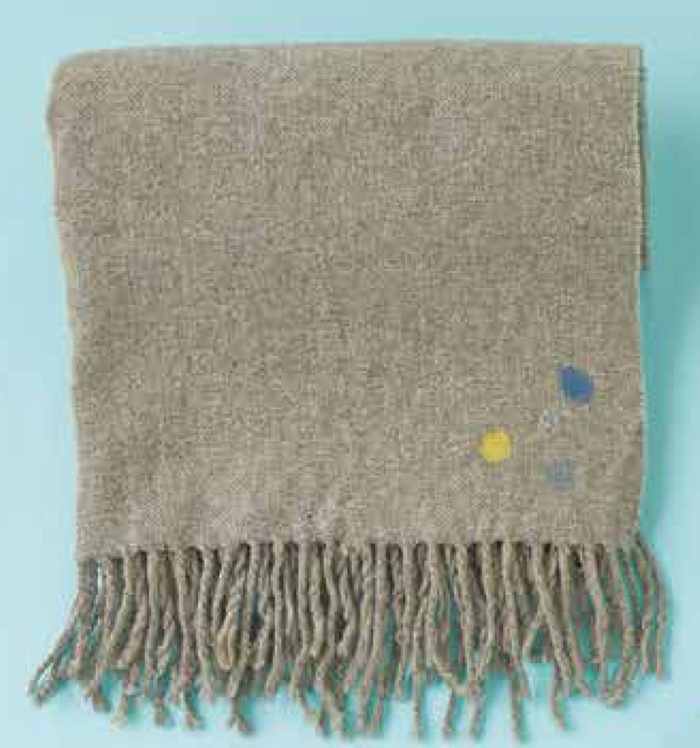 For moth-eaten wool scarves, needle felting is a well-suited mending method. The neutral color of the scarf allows the colorful roving to shine.
For moth-eaten wool scarves, needle felting is a well-suited mending method. The neutral color of the scarf allows the colorful roving to shine. Pink stitches were added along the neckline and a variety of stitches were combined above the right hem. The result is a lively and fun mix.MENDING CONSULTATION My father gave me this sparrow-colored cardigan, and unfortunately the moths got to it.
Pink stitches were added along the neckline and a variety of stitches were combined above the right hem. The result is a lively and fun mix.MENDING CONSULTATION My father gave me this sparrow-colored cardigan, and unfortunately the moths got to it.
Since the holes are small, needle felting will work best, Noriko told me. As I needle felted, the design reminded me of a landscape so I shaped the roving into a moon, snowflake and tree. As for the sweater handed down from my grandfather, the underarm area had worn out to the point of transparency. Noriko guided me on my first foray into darning, which was so effective that I now want to raise my arms all the time to show off my handiwork (laughter)!  Advice Seeker: Company ToriBorn from a desire to increase interest in wild birds, Company Tori was established in 2010. Based in Tokyo and Aichi, the company offers products and workshops that combine bird watching and crafting.
Advice Seeker: Company ToriBorn from a desire to increase interest in wild birds, Company Tori was established in 2010. Based in Tokyo and Aichi, the company offers products and workshops that combine bird watching and crafting.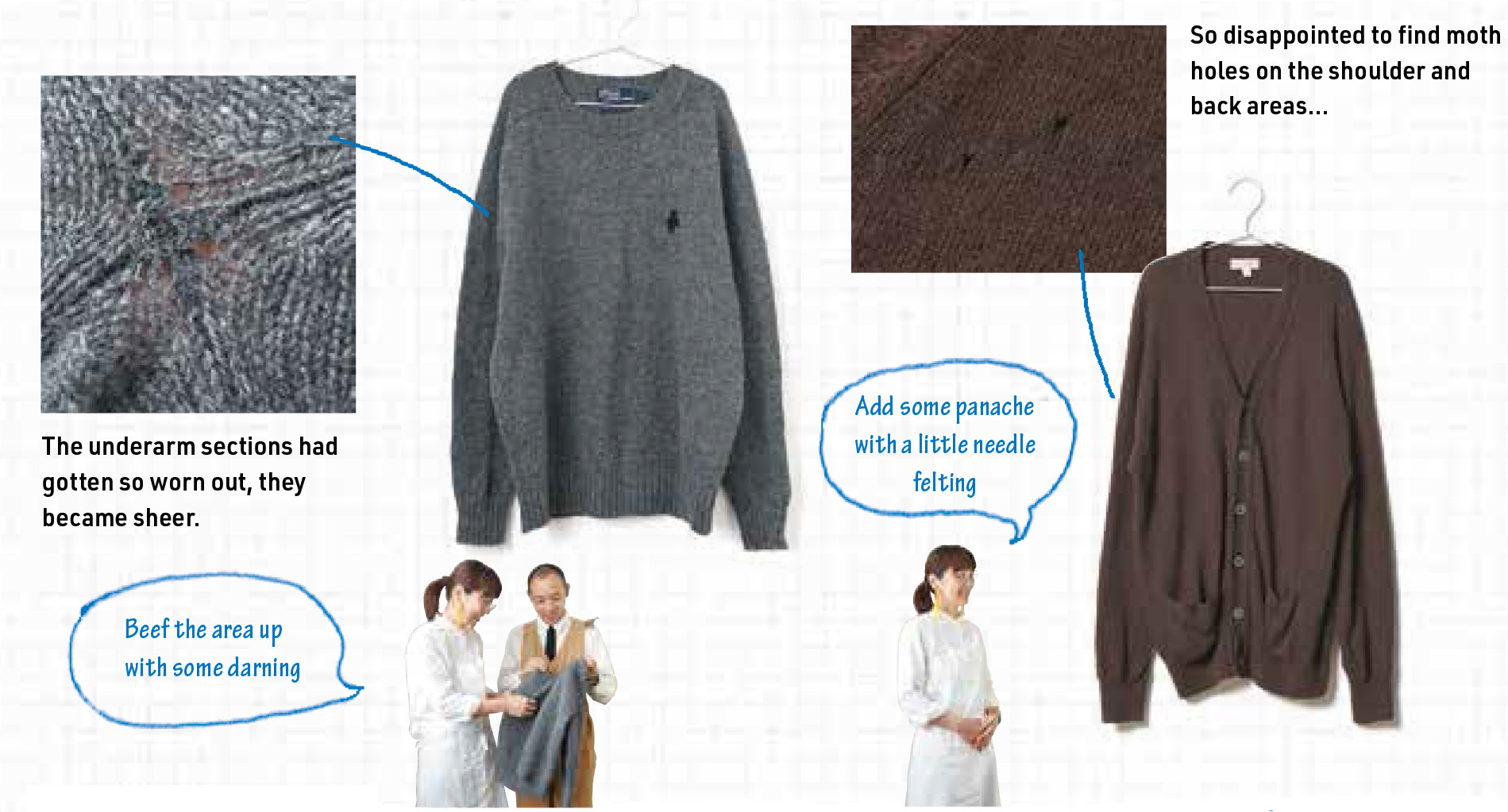 INSTRUCTIONS
INSTRUCTIONS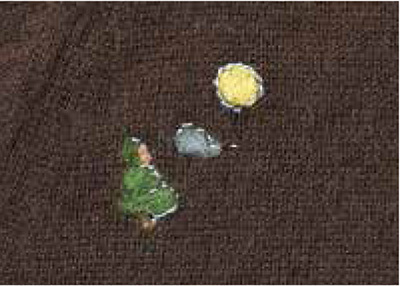
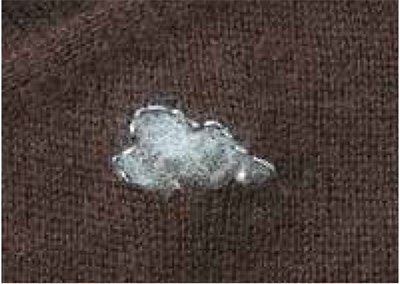
Next page
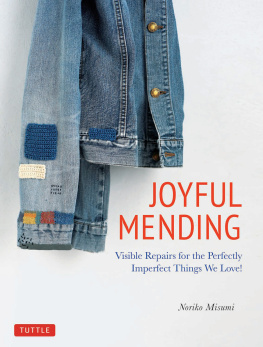

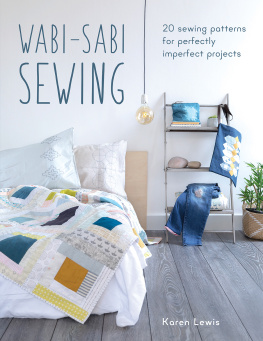
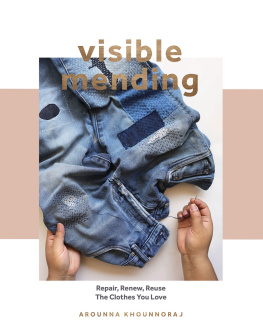

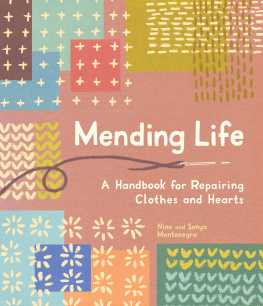
![Noriko Misumi [ミスミノリコ] - Mending with Love: Creative Repairs for Your Favorite Things](/uploads/posts/book/306555/thumbs/noriko-misumi-mending-with.jpg)
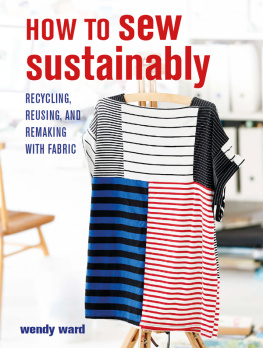
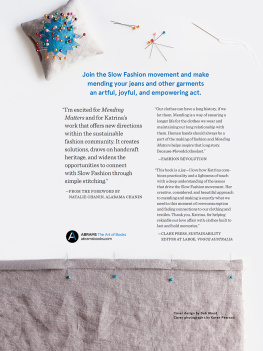

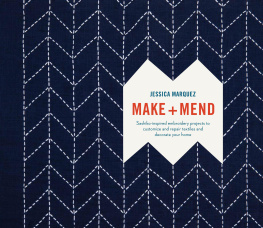
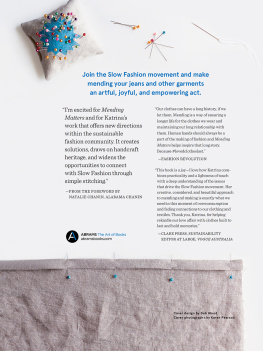

 JOYFUL MENDING Visible Repairs for the Perfectly Imperfect Things We Love! Noriko Misumi
JOYFUL MENDING Visible Repairs for the Perfectly Imperfect Things We Love! Noriko Misumi
 Mending as a Way of Life Since the release of my first book in Japan, Ive had numerous opportunities to conduct workshops not just in Japan but overseas as well. When it comes to certain special garments or textiles, no matter how tattered or stained they become, theres a deep-rooted sense of attachment that prevents us from tossing them out. Mending allows us to preserve the memories, to extend the life of precious items. For Joyful Mending Ive built upon the experience gained from numerous workshops and have incorporated sewing techniques Ive developed, for your enjoyment. Even if you dont master all of the stitching methods Ive included, by learning just a few of them, and changing up the colors, its possible to create an infinite variety of designs. In fact, even in my workshops, where all the participants are using the same materials and techniques, the results are always as unique and as varied as the individuals.
Mending as a Way of Life Since the release of my first book in Japan, Ive had numerous opportunities to conduct workshops not just in Japan but overseas as well. When it comes to certain special garments or textiles, no matter how tattered or stained they become, theres a deep-rooted sense of attachment that prevents us from tossing them out. Mending allows us to preserve the memories, to extend the life of precious items. For Joyful Mending Ive built upon the experience gained from numerous workshops and have incorporated sewing techniques Ive developed, for your enjoyment. Even if you dont master all of the stitching methods Ive included, by learning just a few of them, and changing up the colors, its possible to create an infinite variety of designs. In fact, even in my workshops, where all the participants are using the same materials and techniques, the results are always as unique and as varied as the individuals. PART 1 My Mending Consultation Booth Lately, my opportunities for dispensing mending advice have increased, so I have been teaching workshops and providing consulting sessions for people to revive beloved items that have seen better days. Whilst sharing supplies and chatting as we work, I have gleaned many ideas myself.
PART 1 My Mending Consultation Booth Lately, my opportunities for dispensing mending advice have increased, so I have been teaching workshops and providing consulting sessions for people to revive beloved items that have seen better days. Whilst sharing supplies and chatting as we work, I have gleaned many ideas myself.  MENDING CONSULTATION To fill the moth-eaten holes in the wool scarf, we used gray roving and a needle puncher.
MENDING CONSULTATION To fill the moth-eaten holes in the wool scarf, we used gray roving and a needle puncher. Advice Seeker: Sumie SuzukiA mother of two, Sumie became an embroidery enthusiast after giving birth to her children. Mending technique used Herringbone Stitch
Advice Seeker: Sumie SuzukiA mother of two, Sumie became an embroidery enthusiast after giving birth to her children. Mending technique used Herringbone Stitch 
 Thread a needle with 2 strands of embroidery floss and cover the stain with cross stitches, straight stitches and triple-knotted French knots. Mending technique used Herringbone Stitch
Thread a needle with 2 strands of embroidery floss and cover the stain with cross stitches, straight stitches and triple-knotted French knots. Mending technique used Herringbone Stitch  Place a thin layer of wool roving on top of the hole Felt into a circular shape with a needle puncher Gather loose roving from the edges into the center and felt some more. Repeat steps 2 and 3 three or four times. Mending technique used Needle felting
Place a thin layer of wool roving on top of the hole Felt into a circular shape with a needle puncher Gather loose roving from the edges into the center and felt some more. Repeat steps 2 and 3 three or four times. Mending technique used Needle felting  For moth-eaten wool scarves, needle felting is a well-suited mending method. The neutral color of the scarf allows the colorful roving to shine.
For moth-eaten wool scarves, needle felting is a well-suited mending method. The neutral color of the scarf allows the colorful roving to shine. Pink stitches were added along the neckline and a variety of stitches were combined above the right hem. The result is a lively and fun mix.MENDING CONSULTATION My father gave me this sparrow-colored cardigan, and unfortunately the moths got to it.
Pink stitches were added along the neckline and a variety of stitches were combined above the right hem. The result is a lively and fun mix.MENDING CONSULTATION My father gave me this sparrow-colored cardigan, and unfortunately the moths got to it. Advice Seeker: Company ToriBorn from a desire to increase interest in wild birds, Company Tori was established in 2010. Based in Tokyo and Aichi, the company offers products and workshops that combine bird watching and crafting.
Advice Seeker: Company ToriBorn from a desire to increase interest in wild birds, Company Tori was established in 2010. Based in Tokyo and Aichi, the company offers products and workshops that combine bird watching and crafting. INSTRUCTIONS
INSTRUCTIONS
